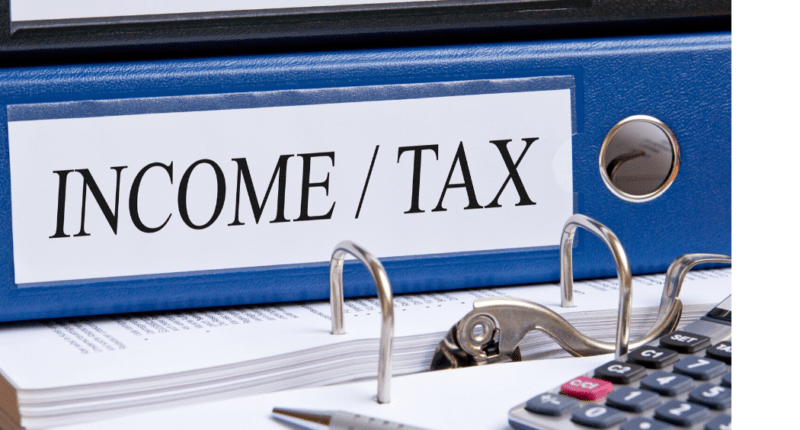The income tax department introduced a new initiative ‘Jhatpat Processing’ for simplifying the process of income tax return filing. As a part of this, the income tax department has upgraded its technology platform to the Central Processing Centre (CPC) 2.0, which will enable faster processing of ITRs and tax refunds. CPC 2.0 provides pre-filled ITR forms, and the processing under this scheme literally takes just a few days.
The main motto behind this scheme is ‘File Karo Jhat Se, Processing Hogi Pat Se’. Under this scheme, the income tax department will allow speedy and seamless filing cum processing of the income tax returns. Under this scheme, the ITR processing is being done in just two working days if all the conditions required for ‘Jhatpat Processing’ are met.
At present, this scheme is applicable specifically for simplified returns, i.e. ITR-1 (SAHAJ) and ITR-4 (SUGAM).
ITR-1 applies to resident Individuals with (i) Salary/Pension income, (ii) Income from maximum one house property (excluding cases with brought forward a loss from previous years) or (iii) Income from other sources (except lottery income and income from horse races).
ITR-4 applies to resident individuals, HUF, partnership firms having below mentioned income from (i) Business where such income is computed on presumptive basis declared under section 44AD (gross turnover less than Rs 2 crore) or section 44AE (income from goods carriage up to ten vehicles) (ii) Income from a profession where such income is computed on presumptive basis under section 44ADA (gross receipts is less than Rs 50 lakh) (iii) Income from salary/pension, one house property or other sources (except lottery income and income from horse races).
ITR-1 and ITR-4 both can be filed only if the total income mentioned above is less than Rs 50 lakh. Also, ITR-1 and 4 cannot be filed by an individual who is a director in a company or has invested in unlisted shares. Capital gain income also cannot be declared under ITR-1 and 4.
Also Read: Missing ITR deadline will lead to double penalty, Finance Ministry
The income tax department has mentioned that the benefit of ‘CPC 2.0 Jhatpat Processing’ will be available only if the below-mentioned conditions are met:
ITR is verified
The taxpayers must note that the return filing is incomplete till the ITR is verified. There are various options available to verify the return by income tax department (i) E-verify through Aadhaar OTP (ii) Generating EVC through internet banking, bank account, Demat account, and ATM. (iii) Physical verification by sending the signed acknowledgement of ITR-V to CPC Bengaluru within 120 days of return filing.
For faster processing, make sure that your phone number is linked with your bank account or Aadhaar. This will enable you to e-verify the return in just a few seconds.
Prevalidated bank account
The income tax refund will be speedily processed in cases where the bank accounts are prevalidated. The same can be done by logging in to the incometaxefiling.com through credentials. The taxpayer will then have to select ‘Prevalidate bank account’ from the ‘Profile settings’ tab. Requisite details like bank account number, IFSC code, phone number and email ID registered with that bank account to be provided. Once these details are submitted, an email will be received on a registered email address. The status of the validation will change once it is successful in some time.
No arrears in tax payable
The income tax department has laid down that only those ITRs will be taken up for Jhatpat processing which will have no tax liability outstanding. Hence, the taxpayers having tax payable over and above TDS or advance tax liability must pay the same before filing the ITR.
No income discrepancy
Further, only those ITRs will be considered for Jhatpat processing in which the IT department does not find any income discrepancy. Here, the taxpayers have to be meticulous to report all the taxable income in the ITR, for this, the taxpayers should cross-check Form 26AS and Form 16. Form 26AS is a tax credit statement that can be downloaded from the income tax e-filing portal and Form 16 is a certificate provided by the employer with details of break up of salary and TDS deducted from the salary.
No TDS or challan mismatch
Last but not least, the return with no TDS amount mismatch of challan mismatch
Will only be considered for Jhatpat processing. To avoid this discrepancy, the taxpayer should again cross check the TDS that he claims in ITR with Form 26AS and Form 16. Only the amount of TDS reflecting in Form 26AS will be allowed for claiming a tax credit.
So taxpayers, if you are amongst the ITR-1 and ITR-4 income categories, then keep the above-mentioned points in mind for seamless processing of your returns. So what are you waiting for? ‘File Karo Jhat Se, Refund Pao Pat Se’!
For any clarifications/feedback on the topic, please contact the writer at jyoti.arora@cleartax.in

I am a Chartered Accountant by profession with 4+ years of experience in the finance domain. I consider myself as someone who yearns to explore the world through travelling & Reading. I believe, the knowledge & wisdom that reading gives has helped me shape my perspective towards life, career and relationships. I enjoy meeting new people & learning about their lives & backgrounds. My mantra is to find inspiration from everyday life & thrive to be better each day.




